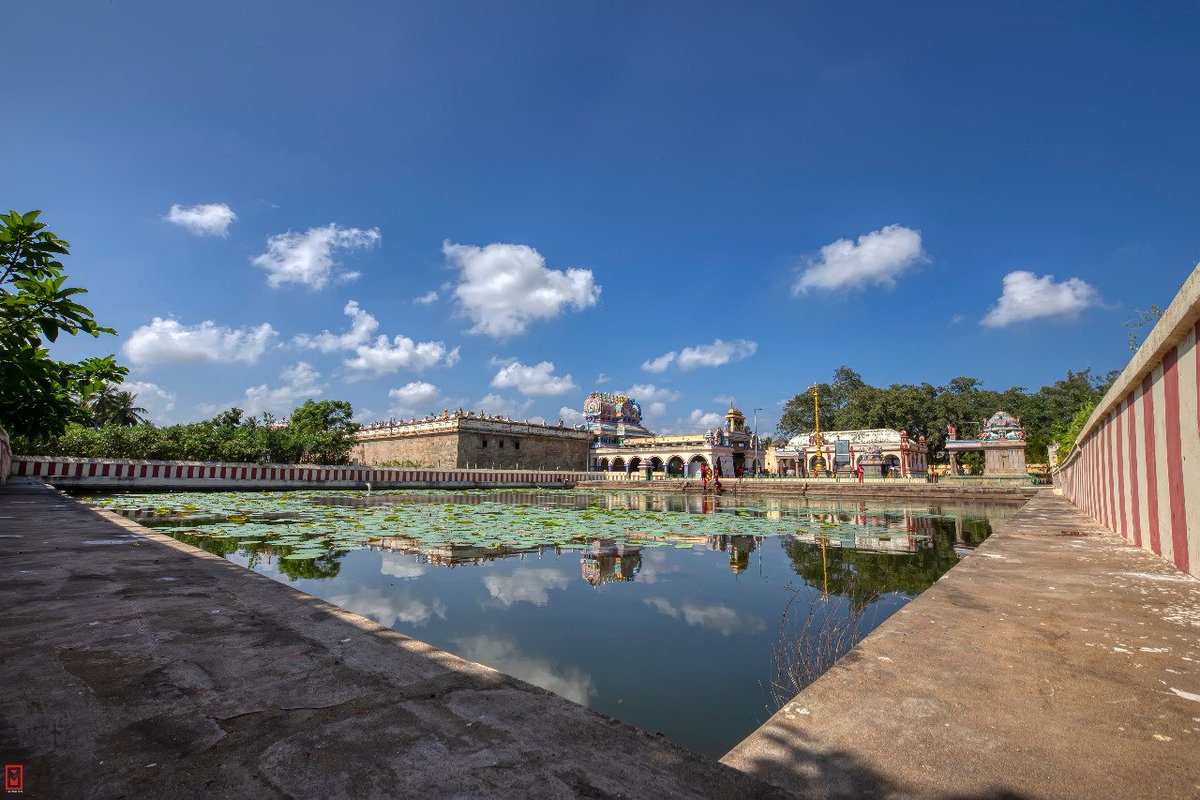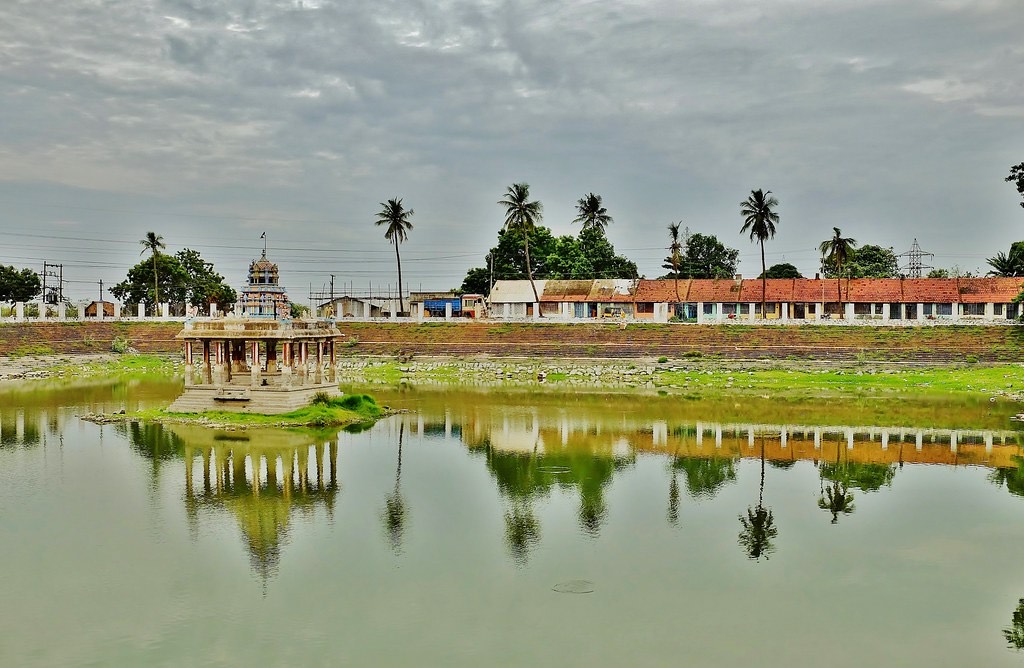before that lets know some basics,
>The Parliament of India passed the Life Insurance of India Act on 19 June 1956 creating the Life Insurance Corporation of India, which started operating in September of that year.
INDIA'S largest financial institution
1) LIC has total assets of 31 trillion rupees (~31 lakh crore OR $434 billion)
3) Profit of Rs 48,444 crore for FY2018.
4) 76% market share in Insurance sector.
5) Monopoly till 2000.
1)The government owns 100% of LIC.
2)It is the only insurer offering sovereign guarantee meaning that the policyholders funds are completely secure.
Aggressive disinvestment
The govt has targeted an aggressive disinvestment programme.
The aggressive stake sale plan comes against the backdrop of declining tax collections and a sharp deceleration in the economy.
LIC has been used as an investor of last resort in the past to support the markets by buying shares of state-run companies.
It was also called in to bail out IDBI Bank, which had been severely hit because of bad loans in 2018.(~10,000 crore)
LIC owns double-digit stakes in several publicly traded firms, including Bharat Heavy Electricals Ltd. and Larsen & Toubro Ltd., that are collectively worth more than $80 billion
1)The government is expecting over ₹70,000 crore from the sale of an undisclosed stake in LIC.
2) Listing of companies on stock exchanges disciplines a company and provides access to financial markets and unlocks its value.
Unlike unit-linked insurance plan (Ulip) investors, who have a clear visibility on the daily performance of underlying funds, the endowment policyholders’ visibility is limited
4) Public listing of LIC will lead to more disclosures of investment and loan portfolios and better governance, with greater transparency and accountability.
5)Listing will allow analysts to monitor LIC’s governance
8) Government’s influence on its asset management will reduce.
credit - mahipal singh rathore.
#lic
















